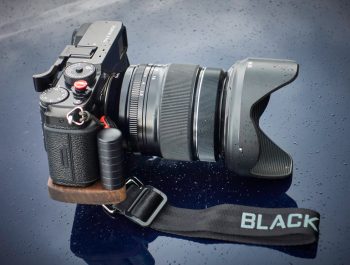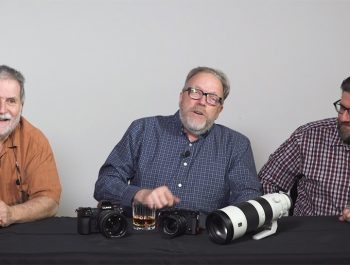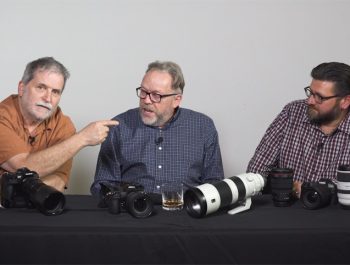Introducing The New FUJINON XF50mm F1.0 R WR Lens
The Worlds First Mirrorless f/1.0 Auto-Focus Lens
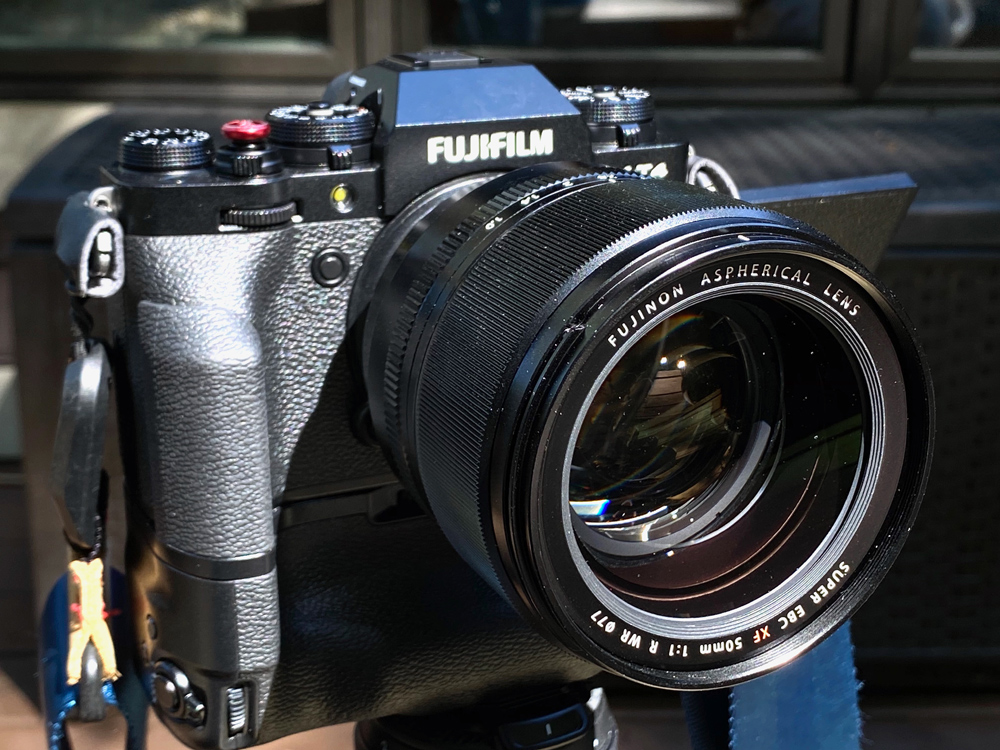
You’ve got to love Fuji, as even with all the issues going on in the world, it has kept its focus on photography. For quite a while, we have heard the rumors about a new, fast lens from Fuji. Some of the rumors suggested the lens would come out in a number of different focal lengths. Today, it is confirmed that Fujifilm has released a new 50mm 1.0 lens.
Yes, the XF50mm F1.0 R WR is here. It’s the first mirrorless AF lens with an aperture of 1.0. This is an incredible engineering marvel to create an AF lens of this size and speed. The 50mm 1.0 lens has a shallow depth of field at 35mm — an equivalent focal length of 75mm.
Before I go into detail and show some sample images, I’ll confess that I am a longtime Fujifilm camera user. I bought into the brand with its first mirrorless cameras and have owned just about every camera the company has produced. These include every X-Pro camera version, XT camera version, X100 camera, and the XH-1. I have quite an impressive stable of lenses too.
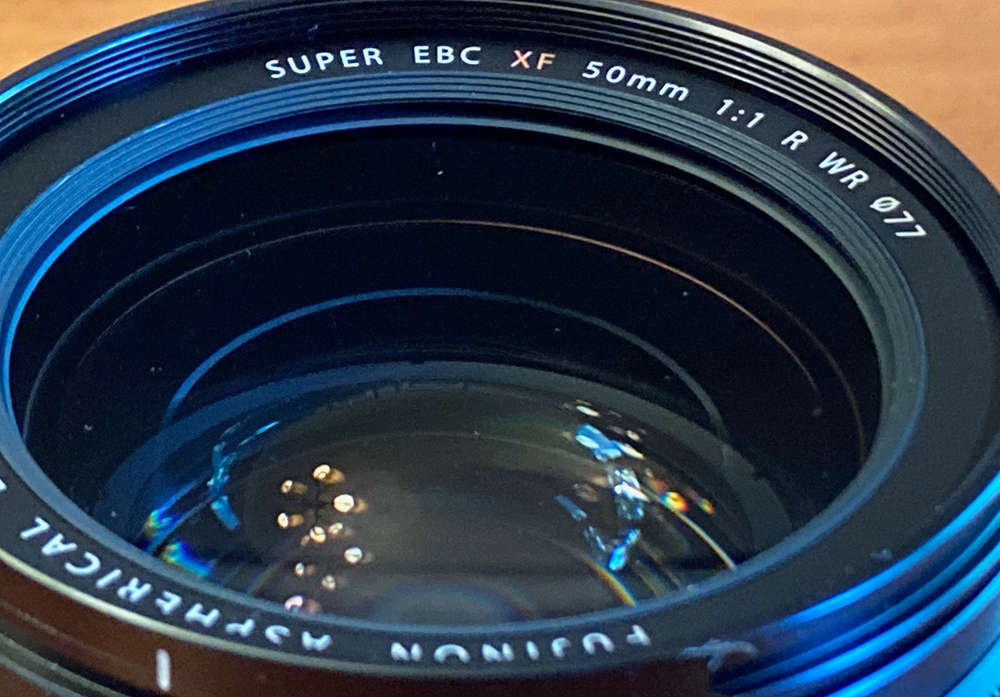
Fujifilm, from the early days, has done things differently in various ways. It is one of, if not, the first camera company to continually improve its cameras with firmware updates to not only camera bodies but also lenses. Then each camera body introduction became better and more capable.
Fujifilm was one of the only camera companies to show a roadmap for lenses. And for the most part, delivering on that roadmap on time and with terrific products.
In the early days, Fujifilm made many people believe in going mirrorless with smaller cameras and smaller lenses. Then a strange thing kind of happened. It started making newer versions of approximately the same focal length lenses, and they started to get bigger.
I will not go into all the different versions of lenses that this happened to and stick to the new release of the 50mm f/1.0 lens. I bring this up because I already thought I was in nirvana with the 56mm 1.2 lens, which has been out for quite some time. There were actually two versions of this lens aimed specifically at photographers doing portraits.
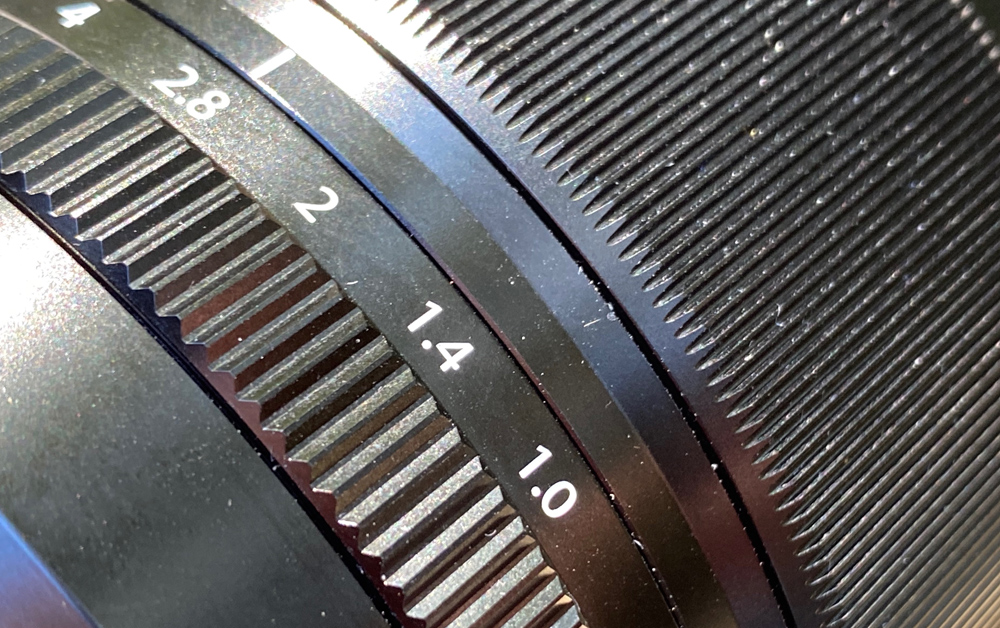
These were the Fujifilm XF 56mm f/1.2 R lens and its sister, the 56mm f/1.2 R APD lens. These were 85mm equivalent lenses, making them perfect for portraits. The APD version is cool, as it offers sharpness and smoothness to bokeh and skin tones. You must really see it to truly understand what a great lens it is. I invested in the 56mm 1.2 R lens and have no regrets. The investment for the 56mm 1.2 was around USD 1,000.
The lens is one of my favorites. It’s sharp as a tack and can be shot wide open, and has great contrast. I have used this for portraits for years. I don’t think I have ever shot anything other than wide open to around 2.8.
With the latest version of Fujifilm cameras, especially the XT-4 and X-Pro 3, the auto-focus accuracy of this lens, as well as Eye-AF with continuous AF, is stunning.
The NEW Fujinon 50mm 1.0 Lens
I managed to get a version of this lens to test for a day. The first thing I asked was, “Why would I need a lens with .2 f/stop difference that is bigger and more expensive?”
I have had the privilege of using the Leica Noctilux-M 50mm 0.95 lens, as well as speak to the designer of that lens. I remember what he said to me — that this lens was designed to be shot wide open. Of course, that will make sense for any of these fast lenses. That means the engineering of the lens needs to be out-of-this-world special. The Leica lens is notorious for exceptional sharpness and magnificent bokeh. Of course, you will expect that at a USD 14,000.00 USD price tag. It’s also not auto-focus.
So what is Fujifilm doing offering a super-fast 50mm lens at a price tag of USD 1,499.95 and making it auto-focus? Wow, what a breakthrough.
I rushed home with the lens and put it on my XT-4 body and got right to work. Before I go much further, I should mention that this was an early lens. Essentially, I am not sure if it is a production lens or not. So for the sake of correctness, we will say I am using a pre-release lens, and all images shown and provided for download here are from a lens that was provided for early review. The results may differ in the final shipping version.
Luckily for me, when I got home with the lens, my son-in-law and his kids were at our house, and they graciously volunteered to be my test subjects. The images shown in this article were — for the most part, except where indicated shot with continuous AF — face detect and eye detect AF activated.
The Lens
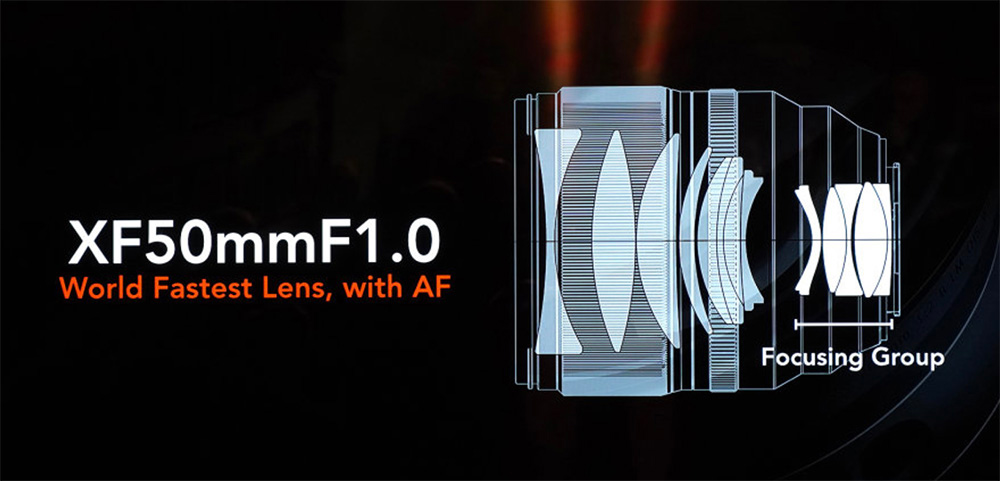
The 50mm 1.0 R WR lens consists of 12 lens elements in nine groups and also contains one aspherical element and two ED elements to achieve the best control of spherical aberration. This lens produced an amazing shallow depth of field as can be seen in the images below. I could focus on one eye. And with a side view, the other eye would be soft. I have included below a complete F/stop range of images shot at f/1.0 down to f/16. I have also made these available as JPEG downloads so that you can view them at 100%. It’s not easy to show how nice these images are at website resolution.
My favorite way of working is to set the camera shutter speed and f/stop and let auto ISO handle the variable. In the images I shot of the kids in the hot tub, I really put the lens and camera to the test. We were in mixed lighting of sun and shade. The kids were constantly moving, and the eye AF and continuous tracking were working in overtime to catch up. I’m surprised at how well it worked. The lens has fast AF capabilities because it uses only a small group of lenses for the auto-focus.
In my opinion, the fast AF makes all the difference with this lens. I could not handle MF with focus peaking or any other means available with the XT-4 camera. I just don’t have good enough eyes to look through a viewfinder and hit the mark. The XT-4’s AF was more than adequate for focusing, especially with moving subjects.
There is a series of images below of Max, where I did an f/stop depth-of-field test. For this, the camera was on a tripod, and Max wasn’t moving. He was about six feet away from me. I also did a mermaid statue test, where I focused a bit closer and ran the same test. On Max, the AF eye detect kicked in beautifully and focused on his left eye. The sharpness was good and got a tad better as the lens was stopped down.
You need to be the judge when viewing the images. Viewing images on the site doesn’t do the capability of this lens justice. Therefore, I have made a couple of downloads for you so that you can look at these JPEG images on your own computer. All images are uncropped but may have been adjusted for best-looking results. These corrections are mainly color balance, highlight, and shadow recovery — sometimes exposure and contrast. I have also provided a few RAW files for download. I used Capture One for processing. No lens profile was applied, as there is not one to use yet. So results may vary once a lens profile is applied in the process. I have made notes in the images’ captions, detailing what I see.
Oh, I must also mention the WR part of this lens designation stands for Weather Resistant. Based on my experience with other WR lenses you should have no problem taking this lens out in the rain and shooting to your heart’s content.
Lots Of Images Follow
I can talk about a lens until I’m blue in the face or you can look at pictures. Frankly, I’d prefer to look at pictures.
Max (My Son-In-Law), Depth Of Field Test
The following images are of my son in law showing the depth of field test. I think the lens does great with Bokeh.


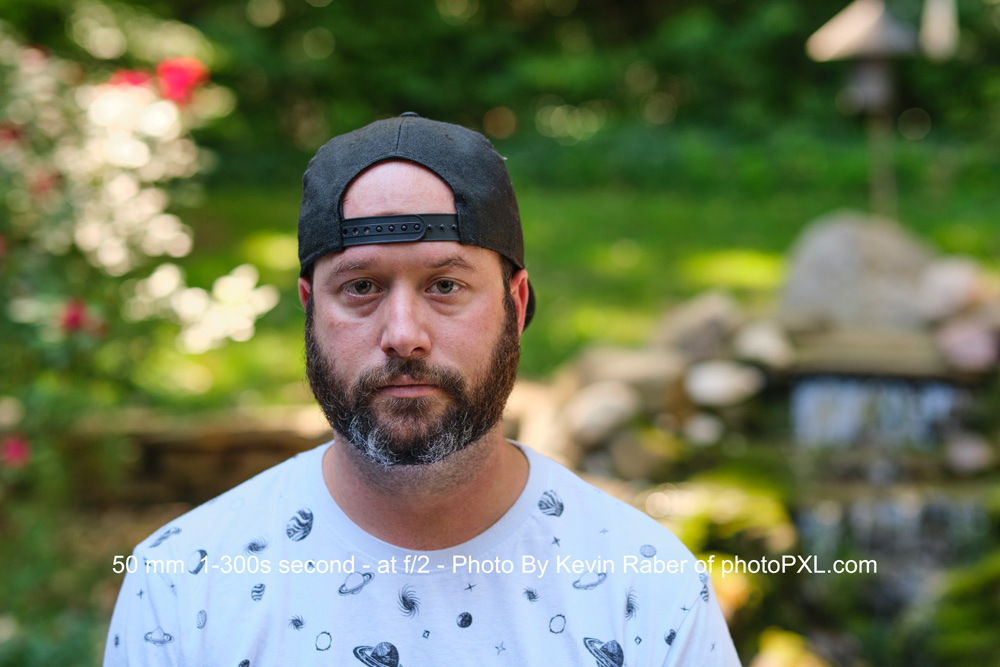
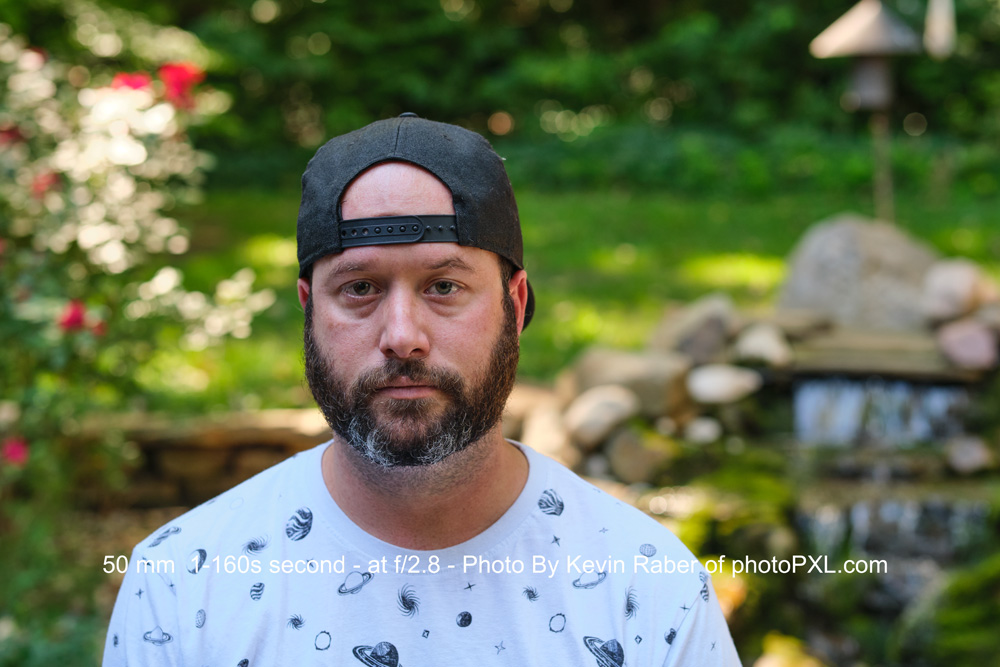
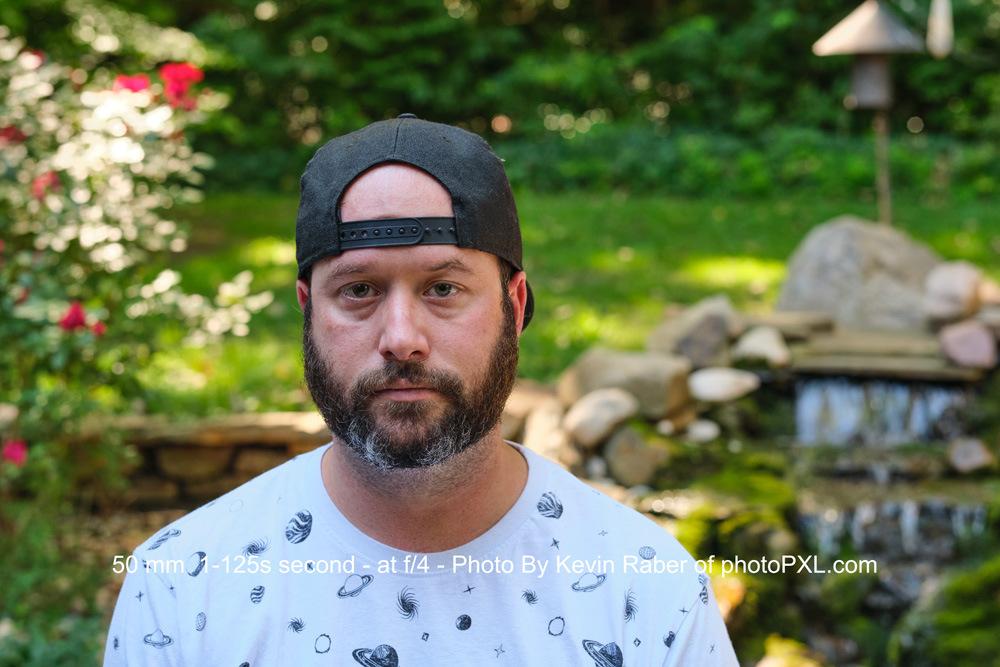
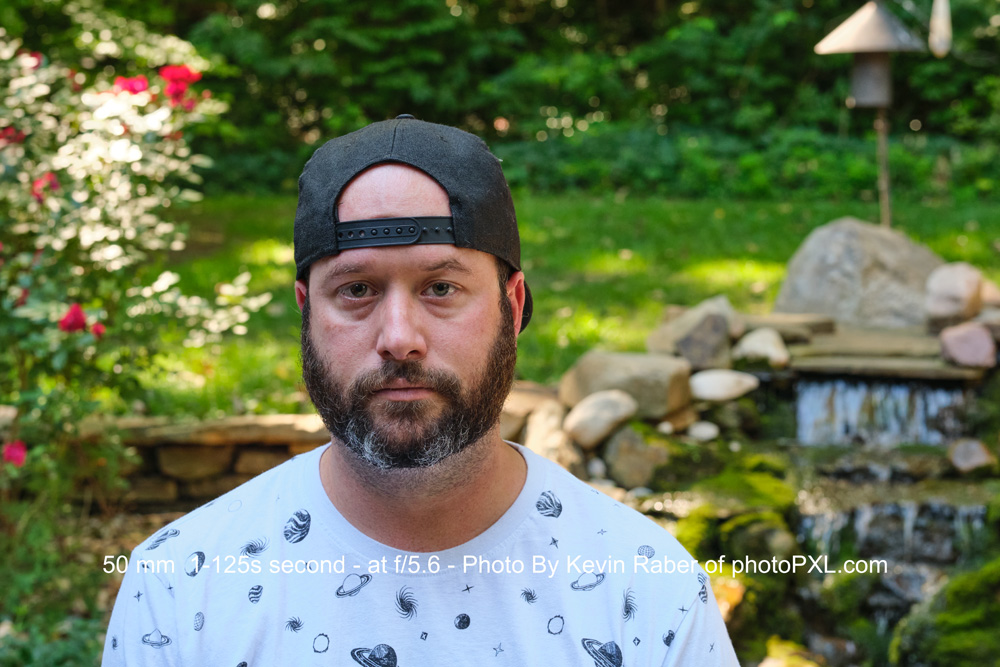
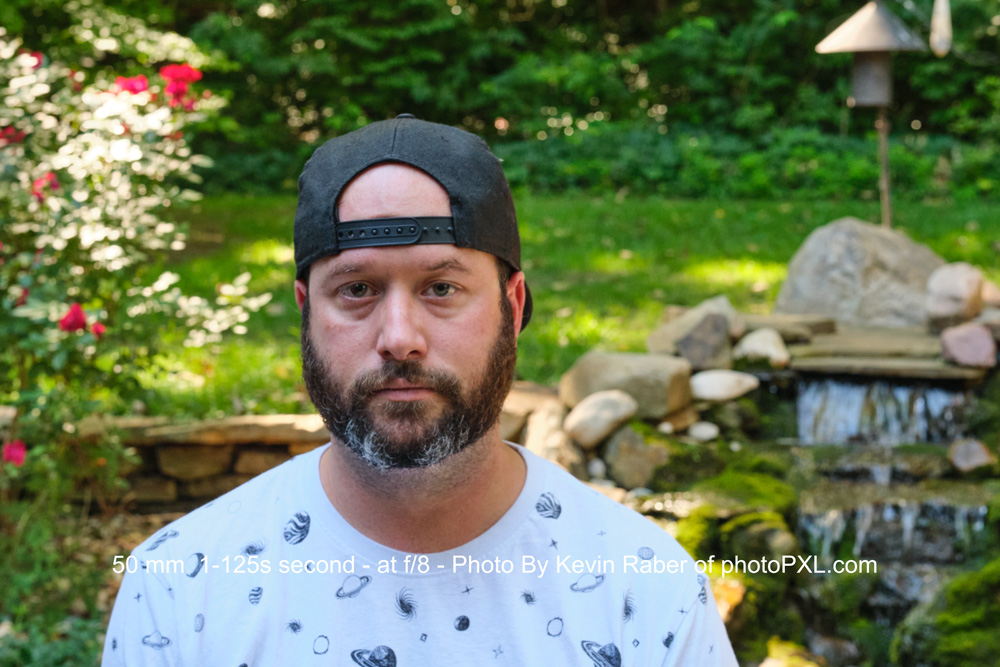

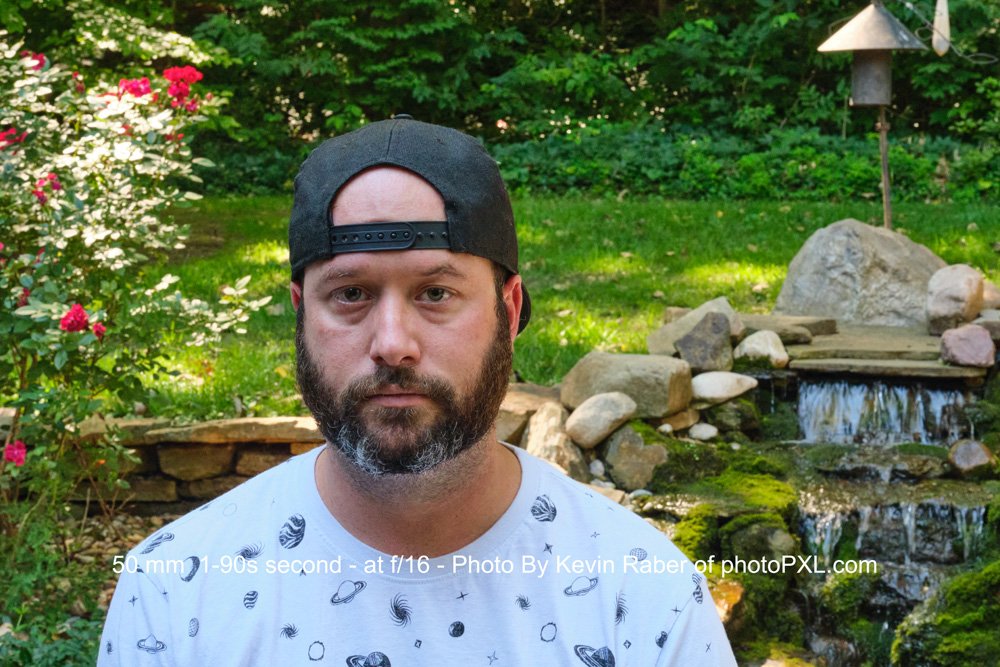
Download the images from above to see them on your computer.
Little Mermaid
Mermaid Depth of Field
This depth of field test was done at a closer focus.

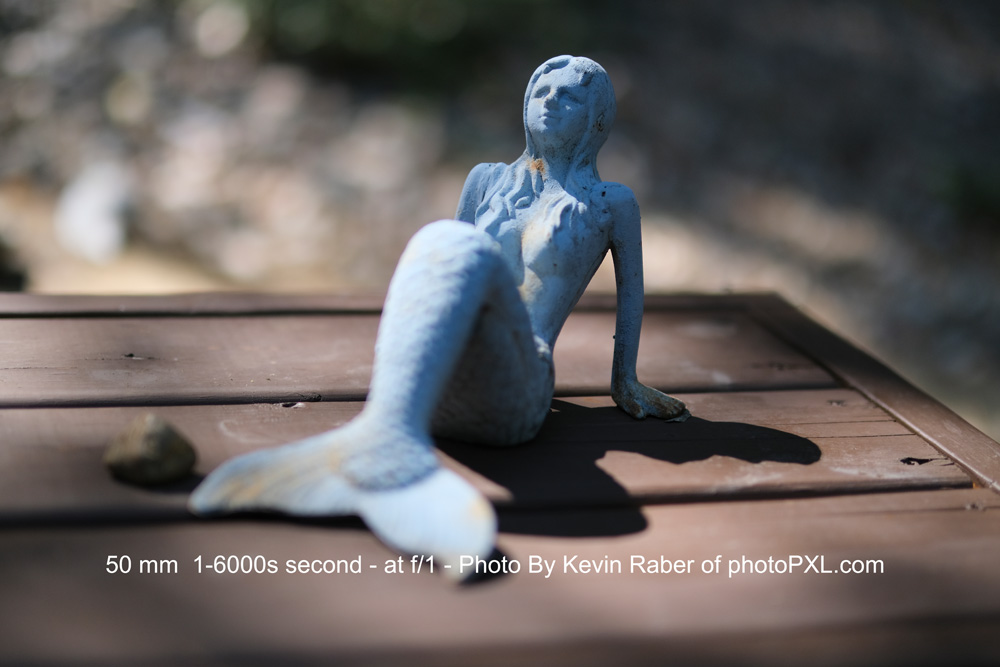


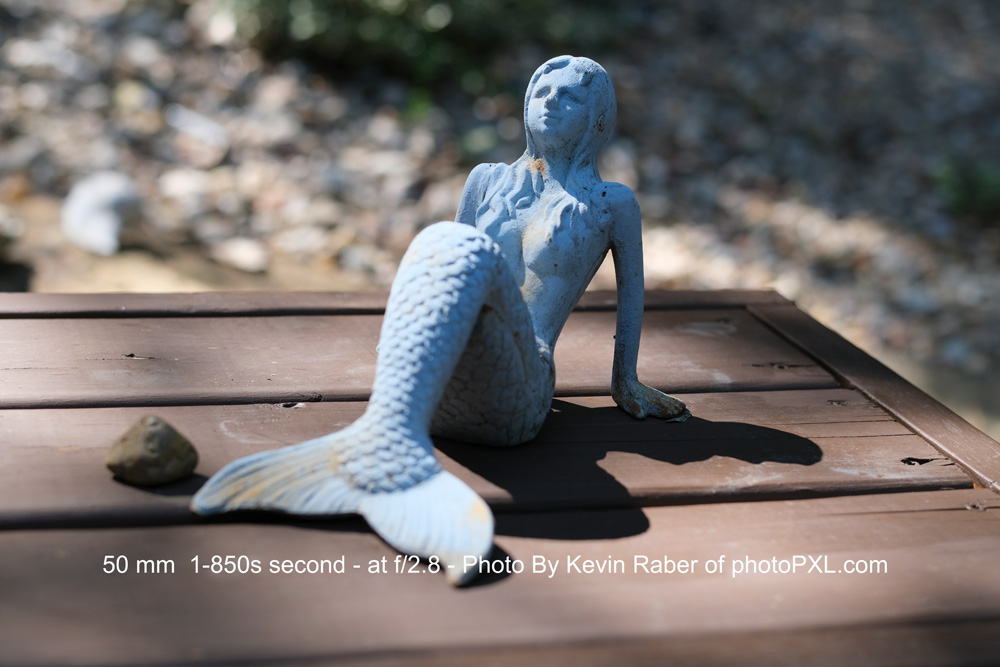
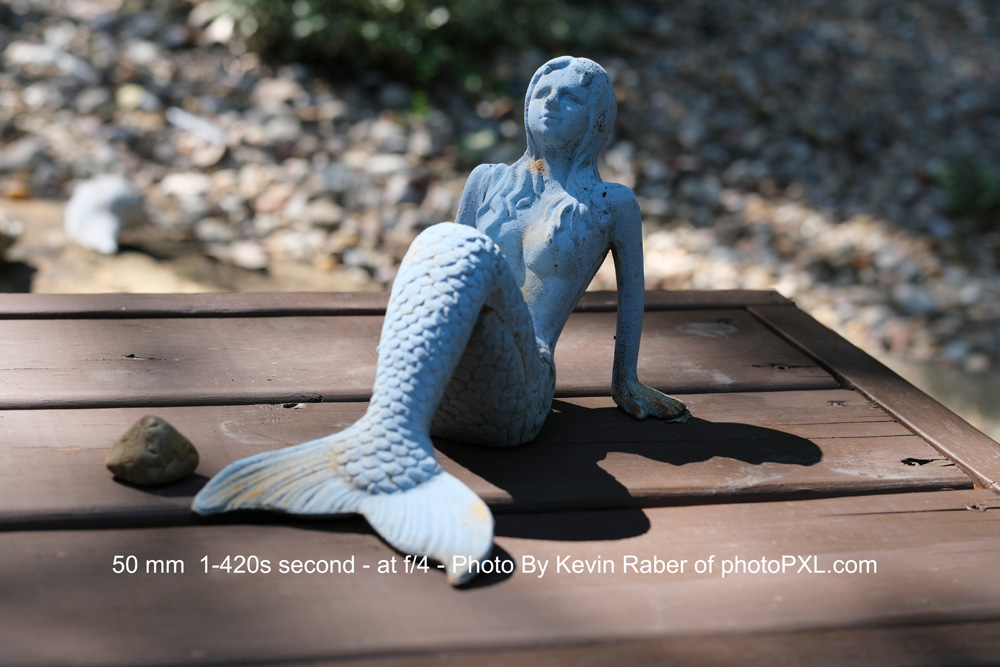
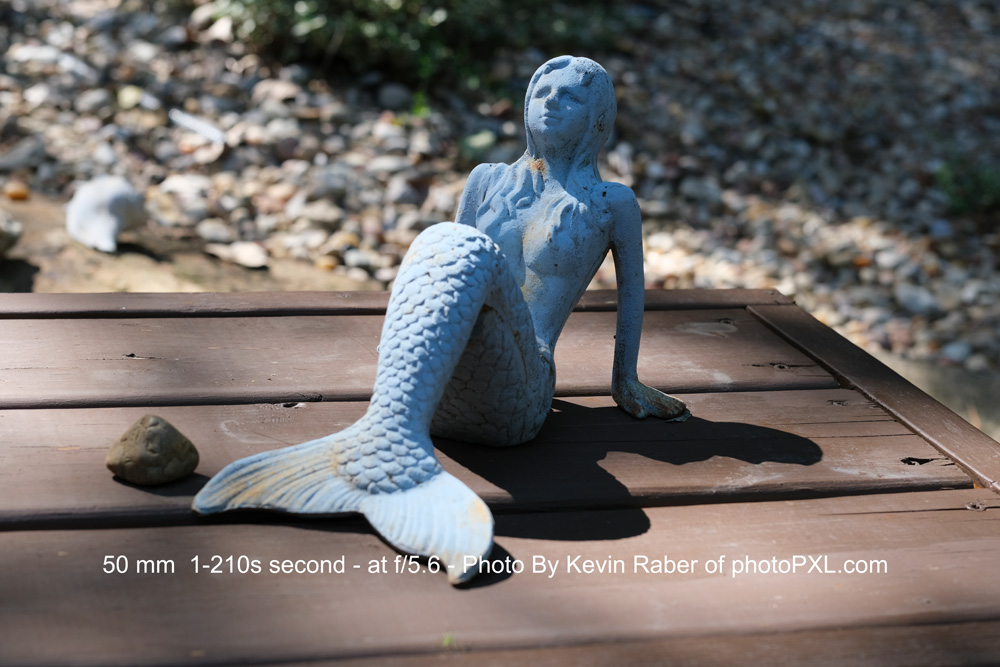
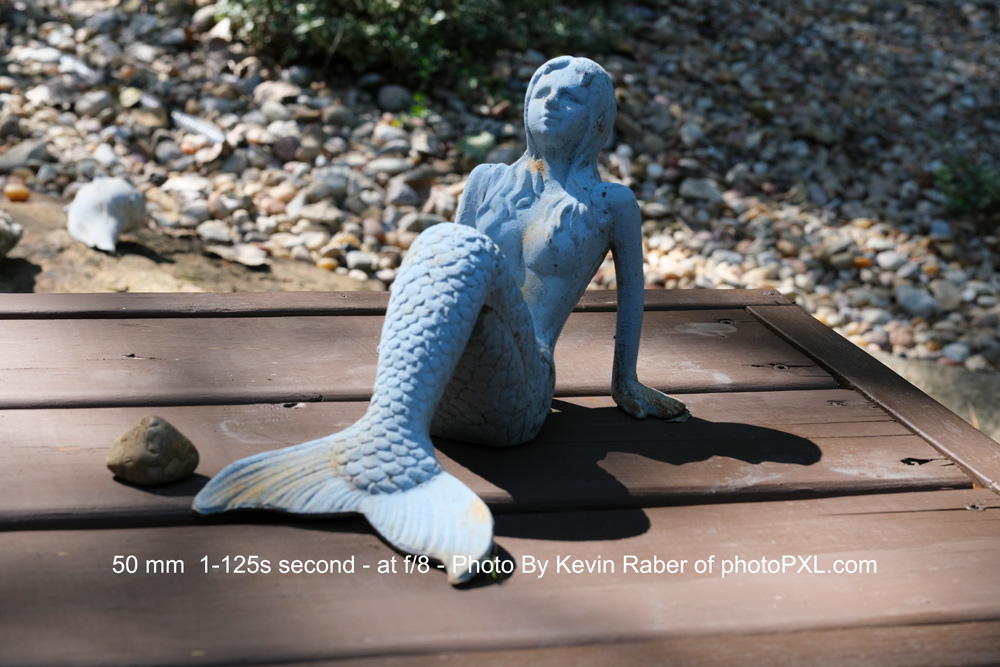

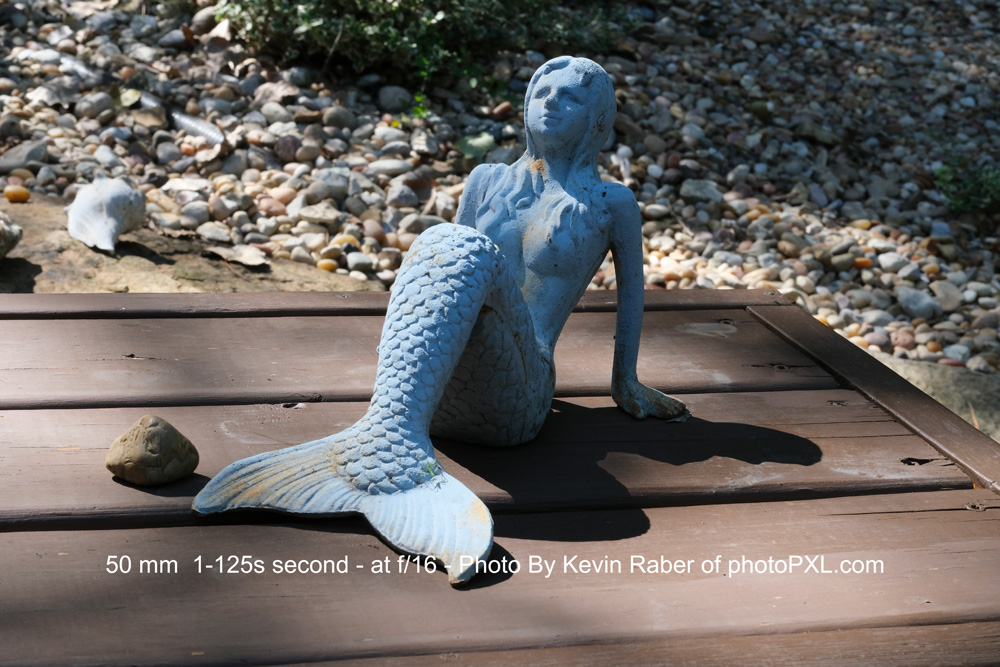
The Hot Tub
This was a great place to test AF speed and depth of field of the wide-open lens. The proving grounds for any lens AF Speed tests should be a hot tube full of kids. Parents can’t even keep up with them. Can the Fuji 50mm f/1.0 lens?



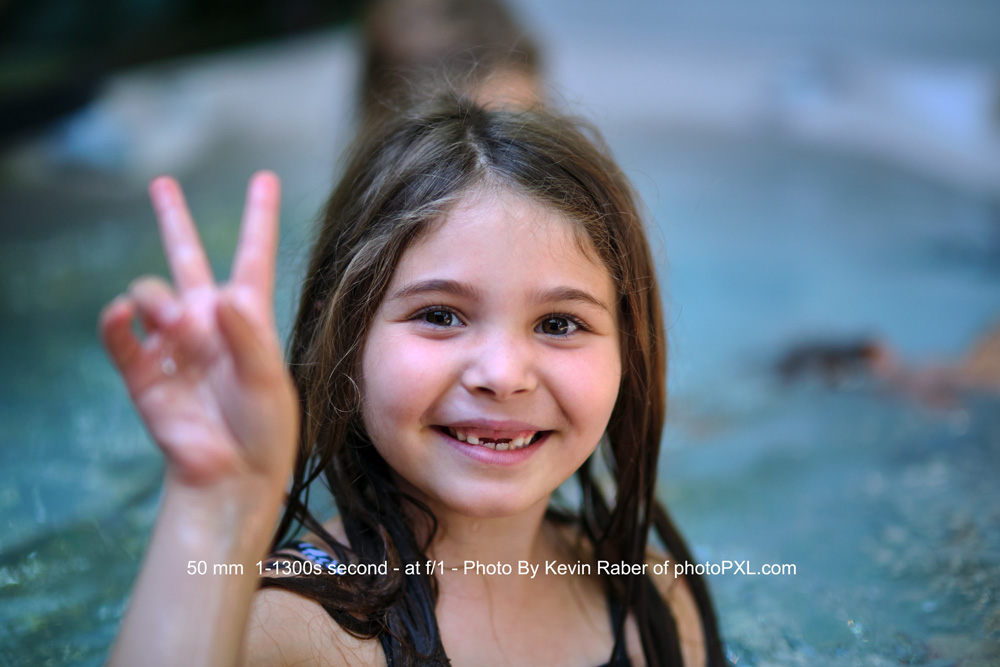
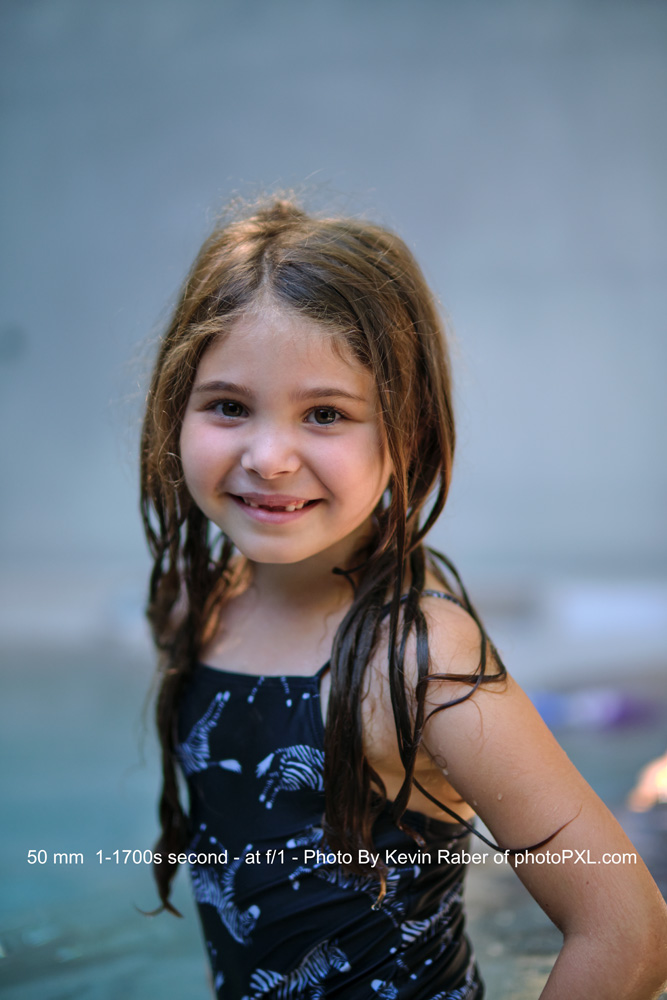
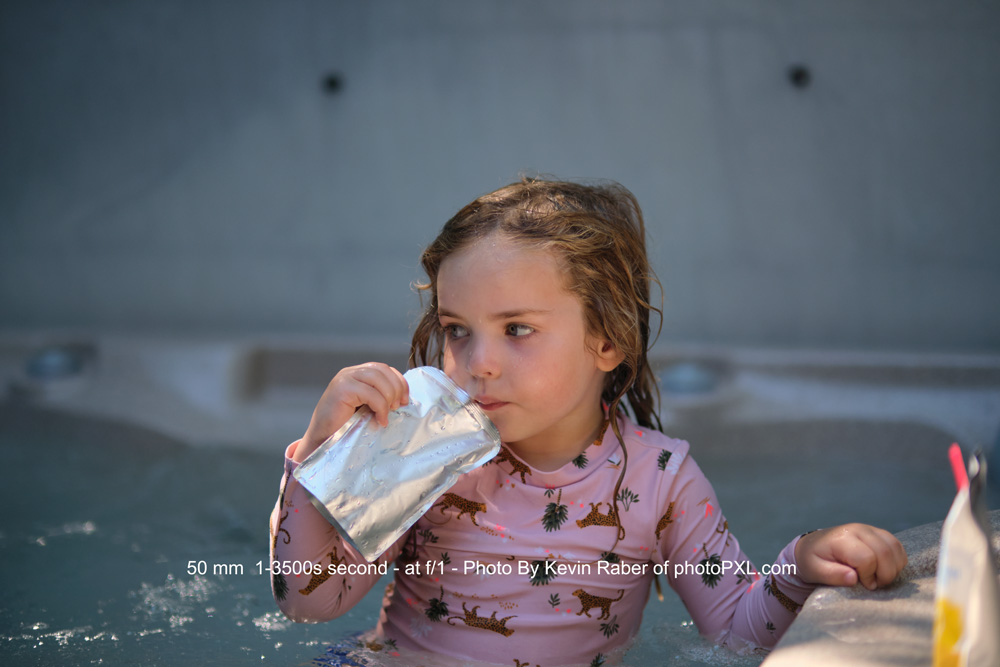
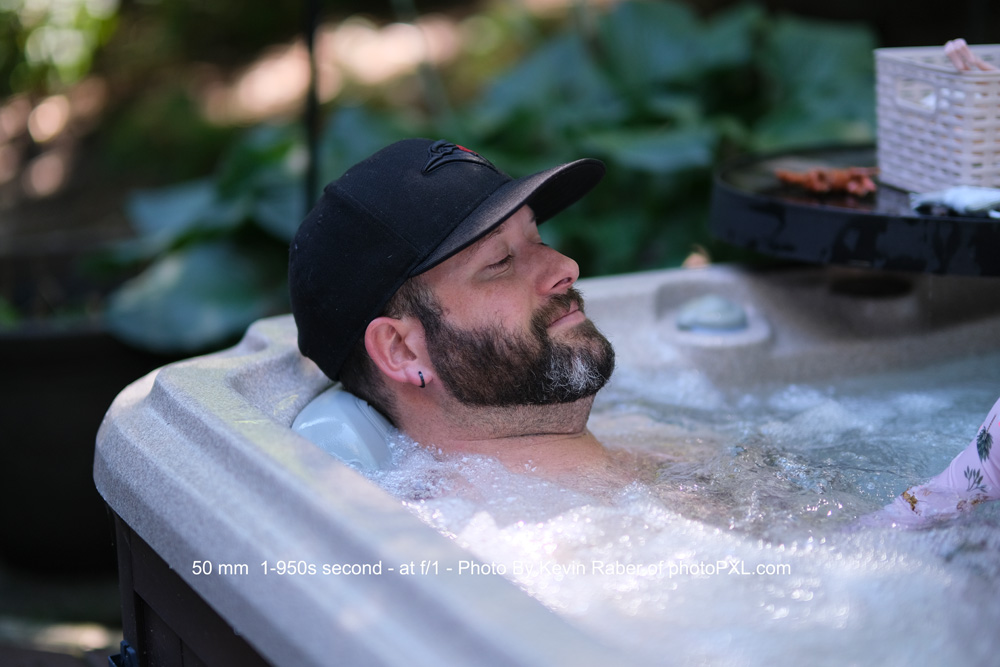
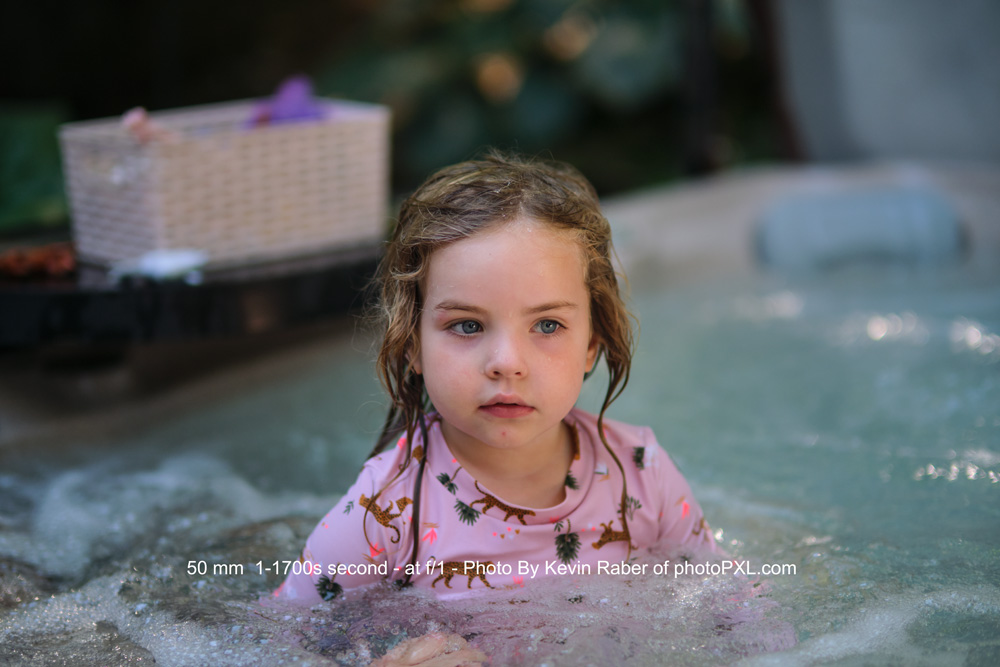
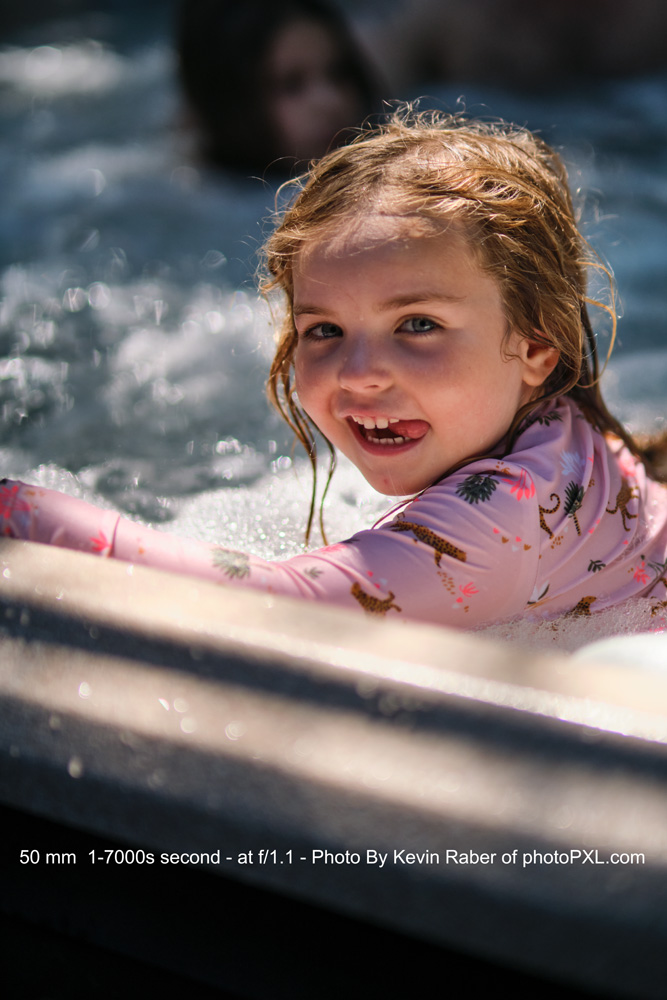
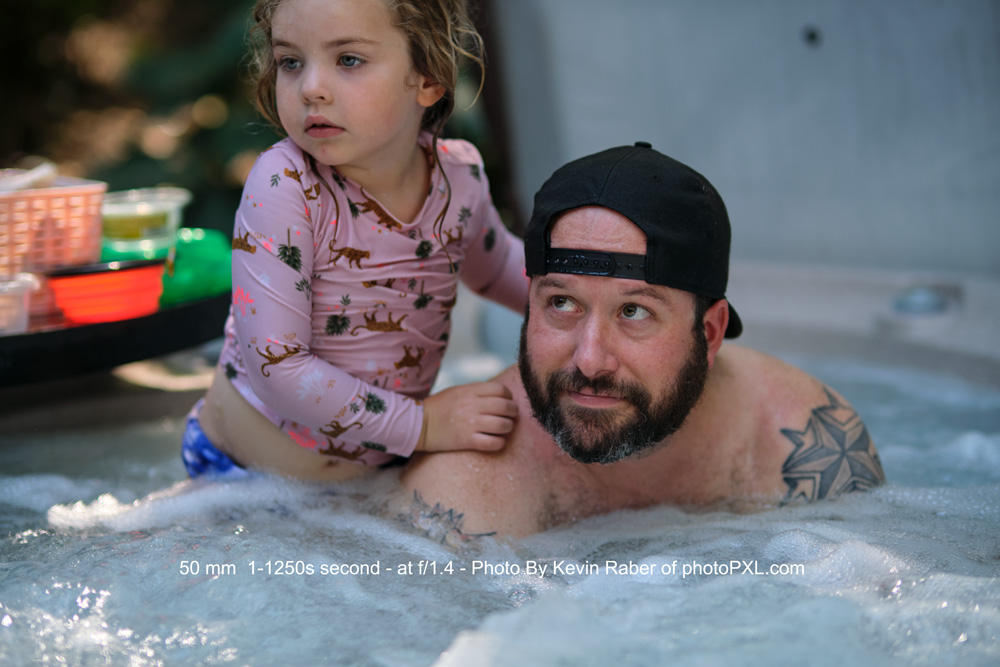
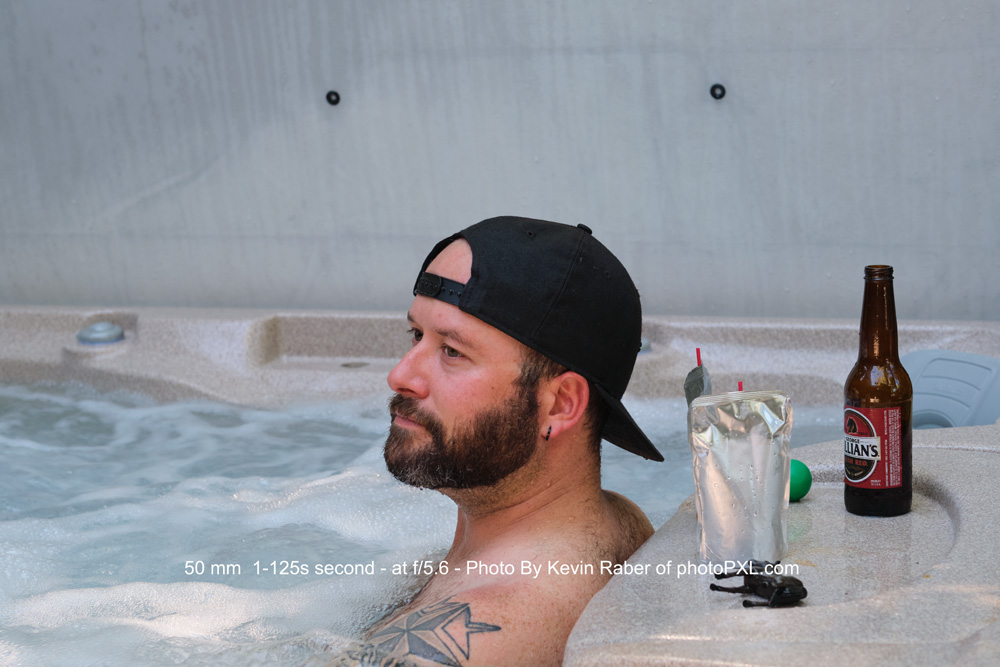

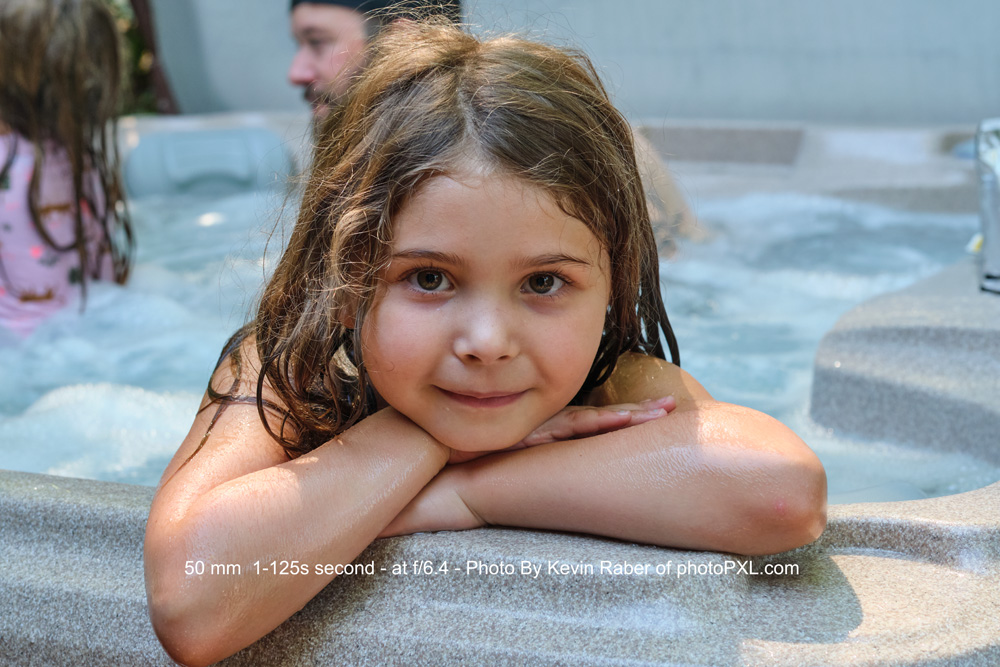


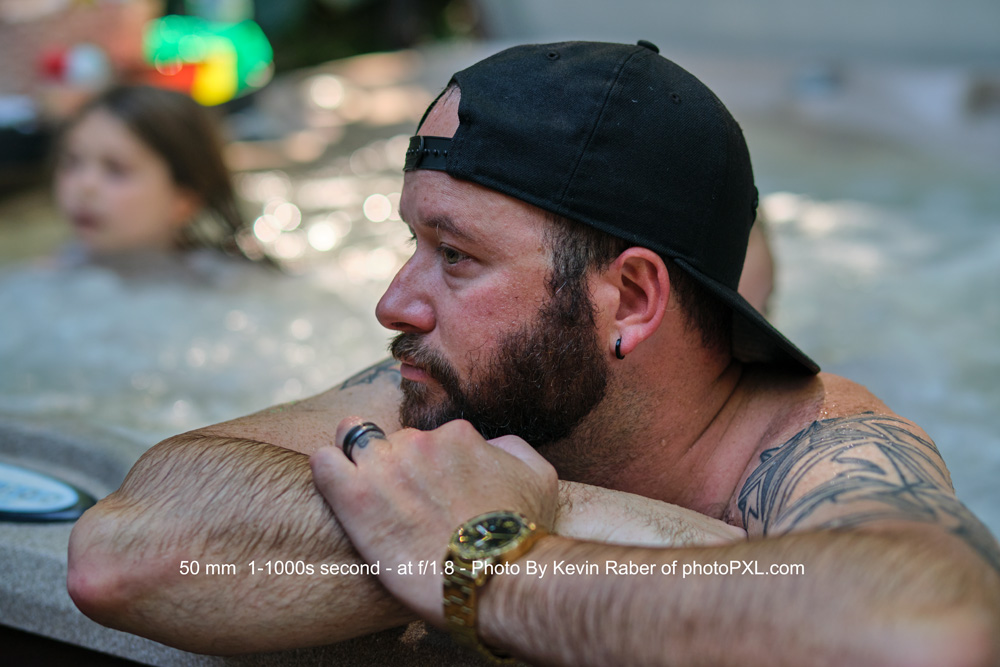
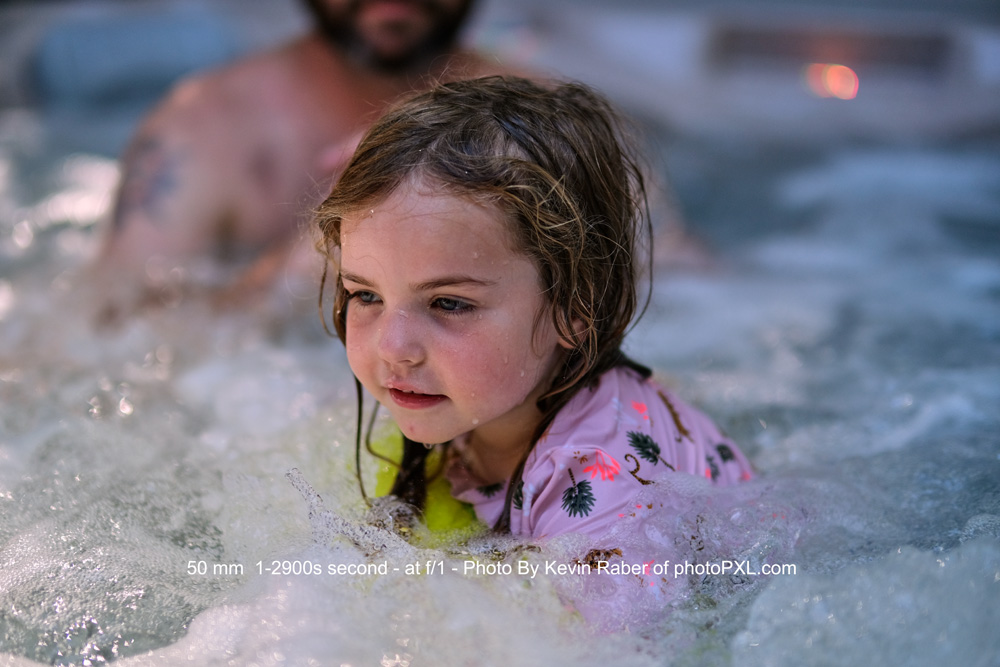
Download the images from the hot tub collection above.
The Farmers Market
I thought I would take the Fuji XT-4 and 50mm f/1.0 lens with me to the farmers market.


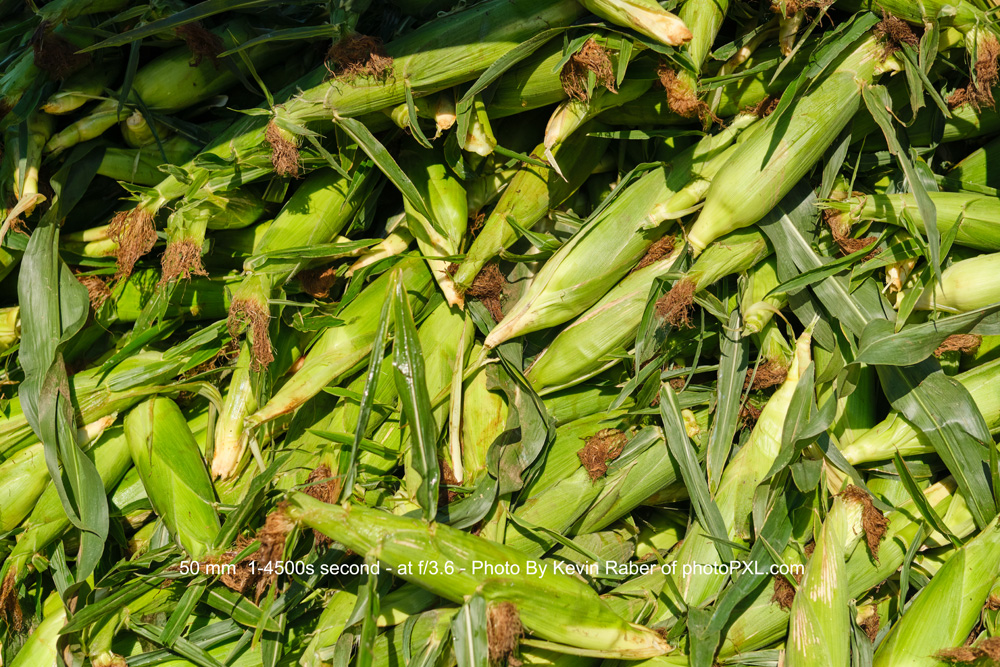





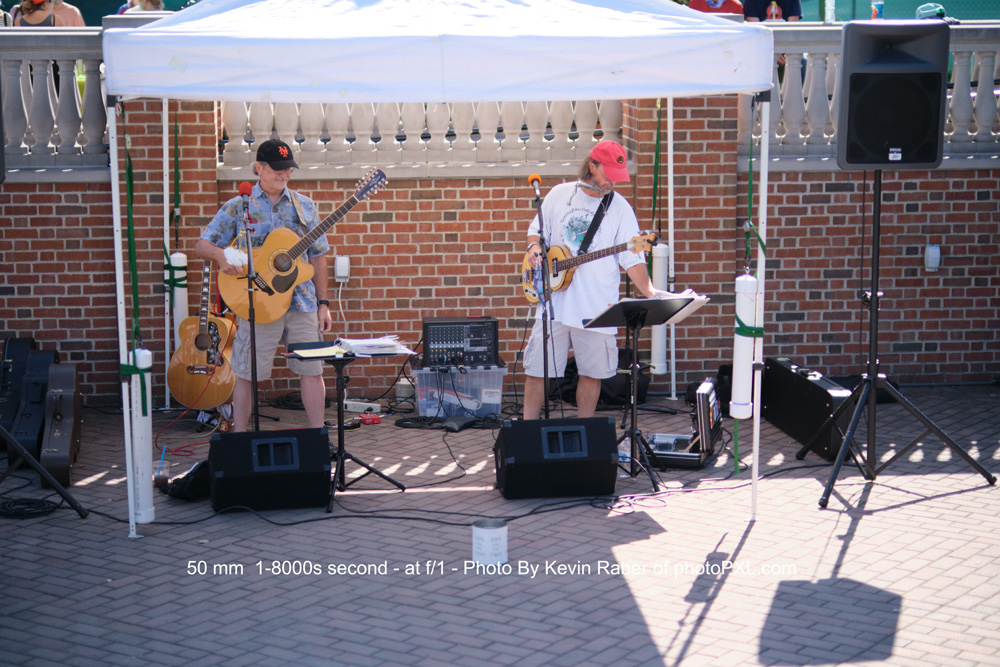
Download The Farmers Market Images
Wow, What Is This?
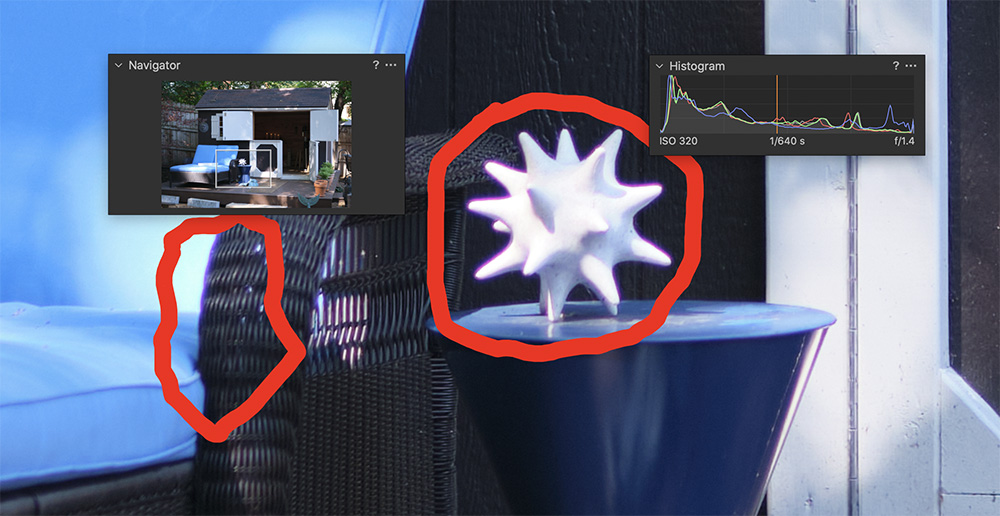
I want to thank Roberts Camera for providing this lens for testing. I am sharing my findings with them through links and social media. The images seen in this review are all from a second lens I was given. The first lens I was asked to test was defective, I believe. I had a model lined up to photograph, and before I took the lens out, I did some quick shots in my backyard. The images were really awful. There were red and purple fringing and a strange glow from highlight areas. There was something wrong for sure. I have seen something like this in my days with Phase One with lenses that had a lens element that shifted or had internal coating or refraction in the lens. I did share these images with Fuji. A week later, I was provided another lens, which all these images were shot with.
I thought we were doing pretty well with the images from the new lens. I shot the same scene in my backyard and did not see the same issues. And as for the images of Max and his girls, the images looked really good. Highlights and shadows looked fine, and there was no serious fringing or such.
Then after I had finished Max’s headshot tests, I aimed my camera over to my party shack. I was messing with the auto-focus and manually moving the AF point around and seeing how fast the AF would handle different subjects and tonality. It was at this point that I saw a real issue with the white star and the black wicker. You can see for yourself the areas I had problems with, as well as the metadata in the screenshot above. There were serious fringing and flare.
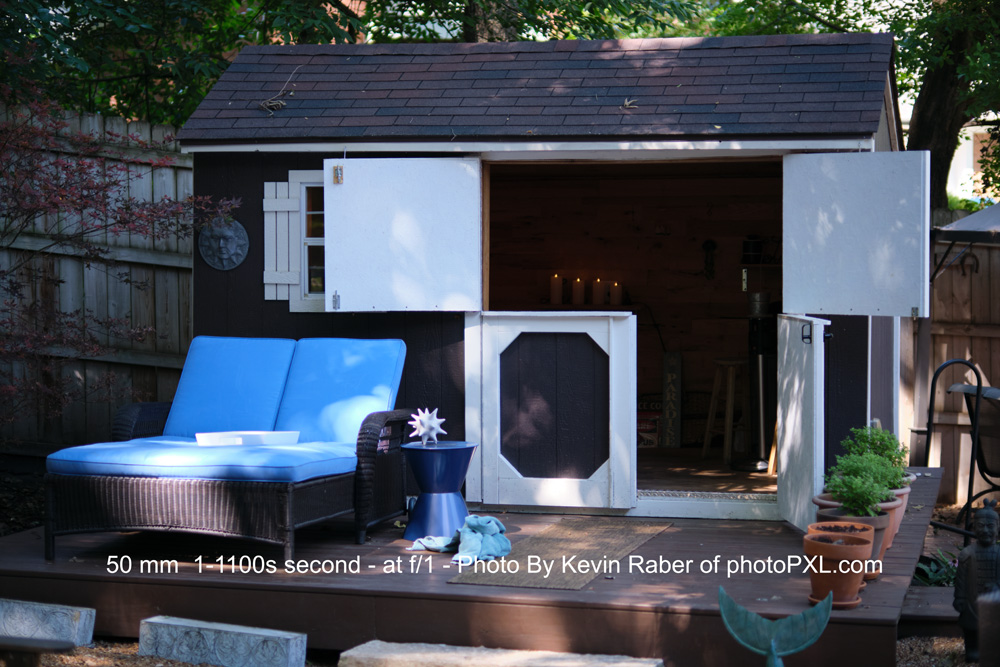
I, therefore, want to reiterate that the lens I was using may not be a production lens. The final results may differ. I would love to test a real deliverable lens to see if this issue is the same. Fuji has done some serious engineering to achieve what it has. But something like what you see above will not make me want to purchase this lens.
I have never had an issue with the 56mm 1.2 lens, and that makes me wonder what is going on. I am curious to see if other reviewers find something similar.
Size Does Matter
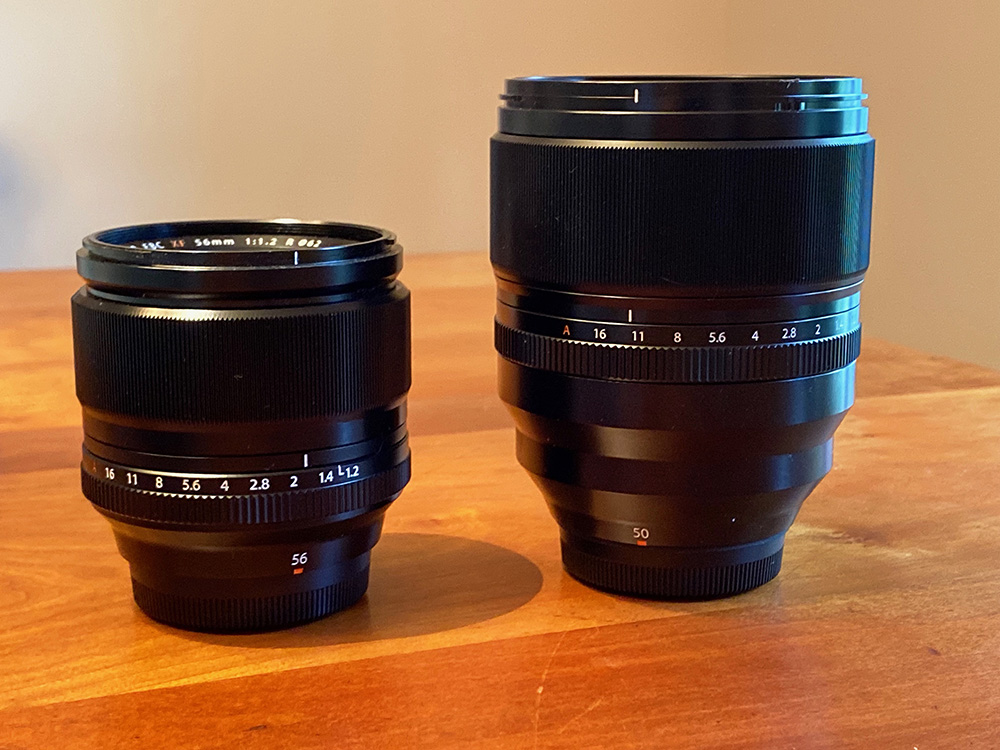
The image above shows the difference in size for the 56mm 1.2 and 50mm 1.0. The 50mm lens is big and heavy. The lens itself weighs just about the same weight as the Fuji XT-4 Fuji has a number of big lenses and small lenses of near focal length. I own the 18-55mm and the 16-55mm lenses. The 18-55mm is rather small, and the 18-55mm is much bigger. The 16-55mm lens weighs in at 1.44 pounds. The 18-55mm lens weighs in at 10.93 ounces. A big difference.
The same holds true for the 50mm 1.0 lens at 1.86 pounds and the 56mm 1.2 at 14.29 ounces. So you have to make a decision on whether the weight and size matter. You can see the differences in size in the photo above.
Because I am Fuji-centric, I have both sets of big and small comparable lenses. I use the smaller lenses with the X-Pro 3 in what I call my “street shooters” kit. And I use the bigger lenses in my XT-4 kit. I’ll discuss this more in a future article, featuring an extended look at the X-Pro 3.
Closing Thoughts
The Fujinon XF 50mm f/1.0 lens is a special lens for a special kind of photography. I love the shallow depth of field as much as the next person. The depth of field on this lens, though, is so shallow I struggle to see where and when I will use it. Frankly, I won’t see myself shooting any portrait subject at anything wider than f/2.8. Most people will say you get this lens for the bokeh. But what good is bokeh if there is not enough depth of field to keep a subject in focus? How often do you think you’d photograph at f/1.0
Yes, a 1.0 lens will allow you to shoot in less light. I didn’t get a chance to take this lens out at night and try street shooting with the wide aperture. I hope to do that in the future with a final production lens. And if you are focusing on something farther away, you may have all the depth of field you really need. I hardly ever shoot with my 56mm wide open. So you need to weigh the whole “Do I need this lens?” aspect in your decision before purchasing the lens.
I will say the price is right and actually quite astounding for a mirrorless AF lens with this aperture. Kudos to Fujifilm for accomplishing this. So with only a few hundred dollars between the 50mm 1.0 and 56mm 1.2, you need to look carefully at your needs.
While we do a lot of video on this site, my video guys would rather I not do any of it. One of the places I think this lens will really shine is in video production, where you can see the focus shift in a video. The shallow depth of field yields all sorts of creative possibilities with a lens like this — more so, in my opinion, than still photography. Imagine the push and pull focusing opportinities. Maybe that is what Fuji has intended for this lens all along. The capabilities of the XT-4, video-wise, makes this a lens of great interest.
Isn’t it great that Fuji gives us these choices? I really want to see what Fuji has to say about the issues I have discussed above. It is an issue that needs to be looked at. Putting that aside, though, this lens is something to admire. It was fun to shoot with, and it was crazy to see the accurate focus the XT-4 delivered.
The closest thing to a lens like this is the Leica Noctilux-M 50mm f/0.95 ASPH lens. But at a price tag of USD 14,500.00 USD, it is most likely a lens that most of us can only admire from a distance. Fuji has made history with this lens, and it will be exciting to see what photographers do with it. I look forward to spending more time with it in the future.
If you are interested in this lens or anything having to do with Fuji please give my friends at Roberts Camera a call at 317-636-5544. Ask for Phil or Jody. They’re the guys we do On The Rocks with.
Kevin Raber
September 2020
Indianapolis, IN
Photography is my passion and has been for 50 plus years. My career in photography has allowed me to travel the world, meet some of the most interesting people on the planet and see things I could never have dreamed of. My goal is to share the passion of picture taking through photographs and teaching with as many people as I can, hoping it brings them as much joy and happiness as it has me. I do this through photoPXL.com, this site, as well as Rockhopper Workshops, and other projects, as well as teaching as Artist In Residence at the Indianapolis Art Center.






